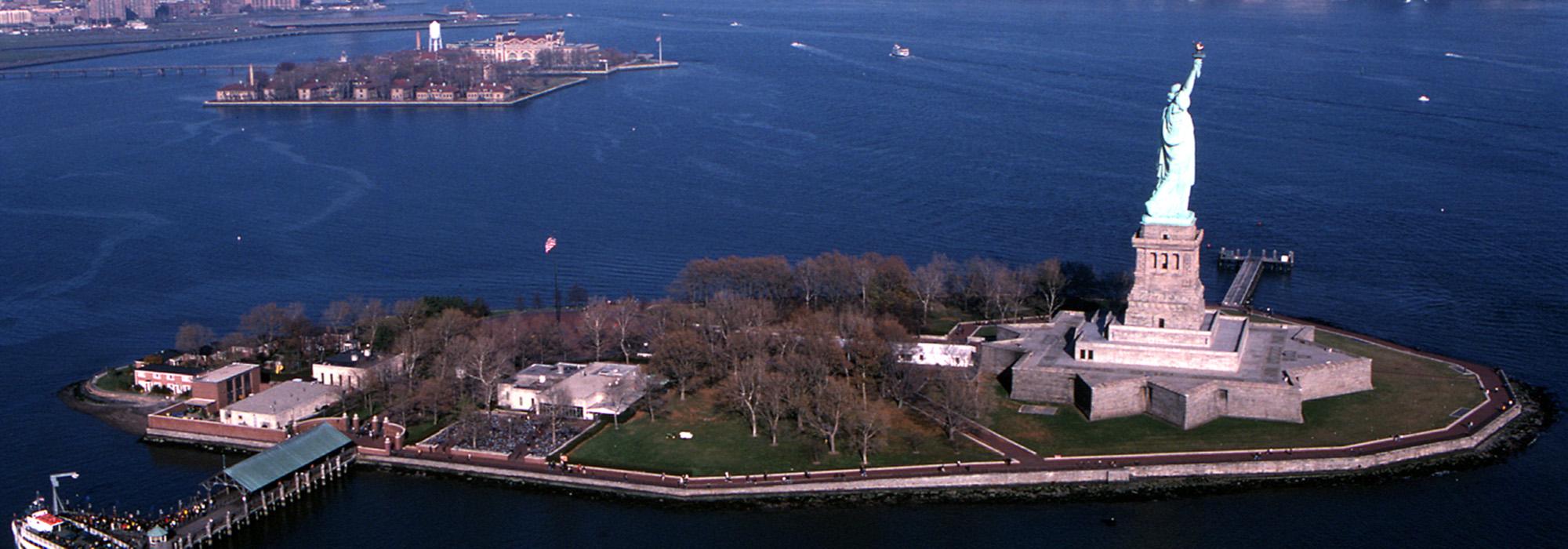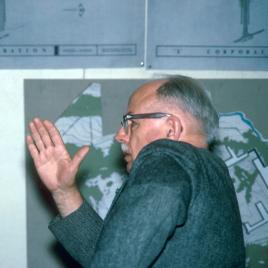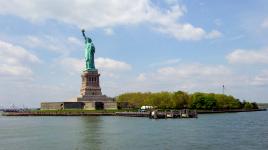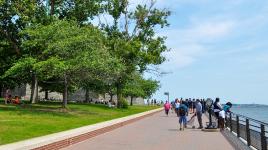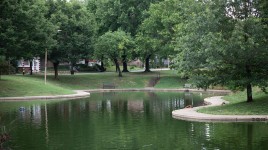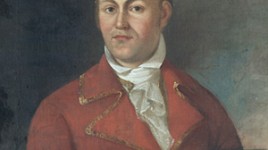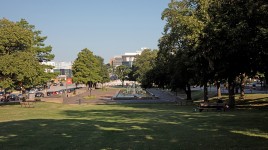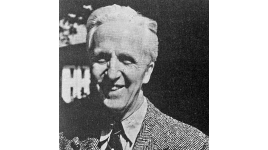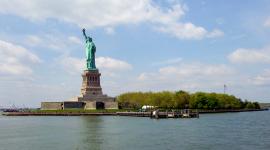Pioneer Information
Born in Pennsylvania, Norman Newton attended Cornell University, receiving a bachelor’s degree in 1919 and a master’s degree in landscape design in 1920. He began his career working for the landscape architect Bryant Fleming. In 1923 he was awarded a Prix de Rome, beginning a three-year fellowship at the American Academy in Rome. Returning to New York, Newton worked for Ferruccio Vitale before establishing his own office in 1932. From 1933 until 1939 he was associate landscape architect for the National Park Service. Significant projects there included Bedloe’s Island and the Saratoga Battlefield National History Park. In 1939 Newton became an assistant professor of landscape architecture at Harvard University.
During World War II Newton served in Italy with the U.S. Air Force and, later, as a member of the British Eighth Army, surveying the damage to cultural sites and monuments and providing recommendations for their restoration. After the war, Newton returned to Harvard and continued to teach. From 1957 to 1961 he served as president of the American Society of Landscape Architects. He retired in 1967, returning to the American Academy in Rome as resident landscape architect. He published Design on the Land, a treatise on the practice of landscape architecture, in 1971. Newton’s life’s work earned him multiple awards, including the Bradford Williams Medal, the ASLA Medal, and the title of Charles Eliot Professor of Landscape Architecture.



